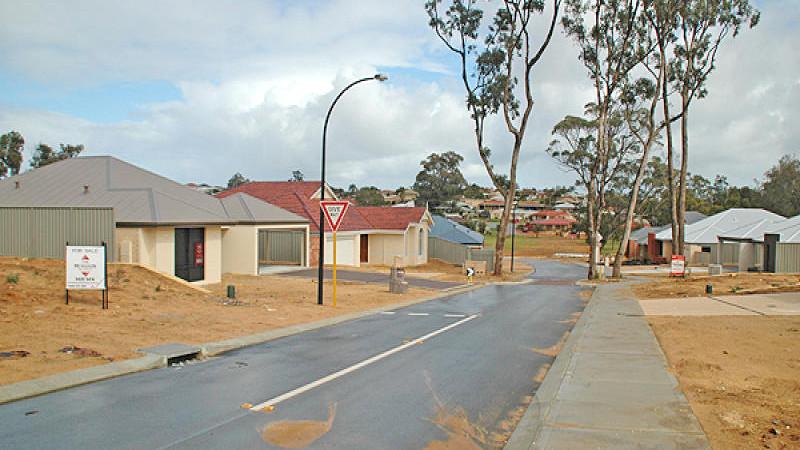URGENT UPDATE: Western Australia has just announced its support for the use of artificial intelligence to expedite housing approvals in a bold move to tackle the ongoing housing crisis. This decision comes as all Australian states struggle to meet the national housing targets, with WA falling short by 4,000 homes from the 2024 annual target of 24,000 new homes set by the National Housing Accord.
Officials confirmed that the Albanese Government will pause any further changes to the national construction code, following recommendations made at last week’s economic reform round-table in Canberra aimed at easing the regulatory burden on builders. WA’s Housing Minister, John Carey, emphasized that cutting red tape is essential to “supercharge” housing development.
In a statement made on Sunday, Commerce Minister Tony Buti assured reporters, “I don’t have concerns in this respect, the construction code now is quite robust.” He added that while AI could be integrated into the building permit process, some human oversight will remain necessary to ensure safety standards.
The urgency of this initiative cannot be overstated as WA seeks to enhance its housing development processes. “Builders are constantly telling us that, with the code changing, it’s very expensive and makes it very uncertain for their industry,” Buti noted. The implementation of AI aims to alleviate these challenges by streamlining processes and reducing delays caused by lost documents or lengthy approvals.
Housing Minister Carey announced plans to establish a strike force to support the integration of AI into environmental assessments. “We have a process called ‘deemed to comply’, meaning if you meet certain criteria, you get approval. AI can help in this regard, especially for basic assessments,” he explained.
This strategic move comes at a critical time, as the housing sector is under immense pressure to deliver more homes swiftly. The integration of technology like AI could be a game changer in overcoming bureaucratic hurdles and accelerating the approval process.
As this situation develops, stakeholders will be watching closely to see how these measures will impact housing availability and affordability across the region. The collaboration between technology and housing policy could serve as a model for other states grappling with similar challenges.
Stay tuned for more updates as officials work to finalize these plans and implement the necessary changes in the coming weeks.






























































